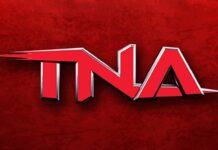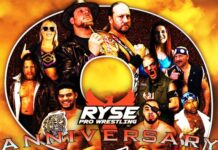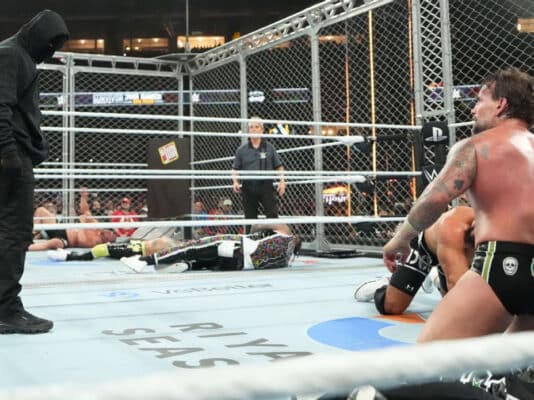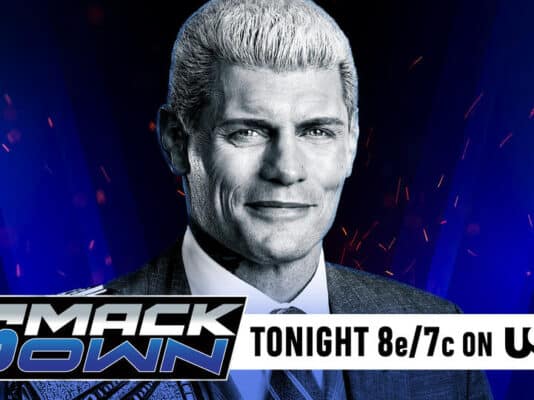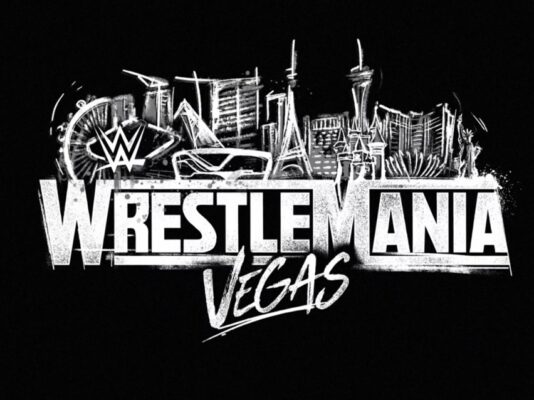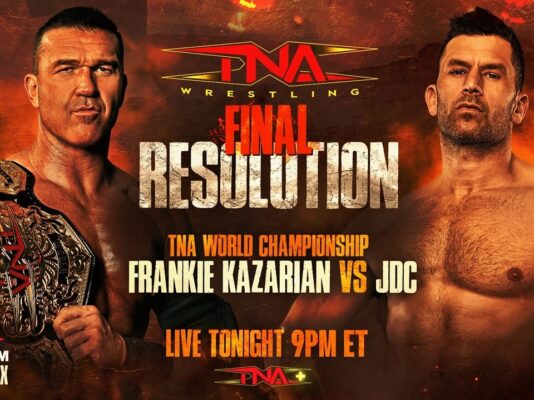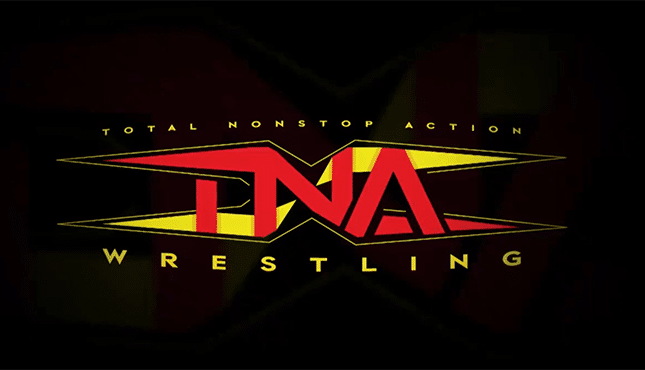
The professional wrestling business, for all its faults and carny nonsense that will probably plague it as long as there is a wrestling industry, still remains one of the most compelling genres of the entertainment field. Sometimes, the drama that happens behind the camera is more of a draw than the action in front of the lens. Furthermore, some of the real-life events that happen behind the scenes would seem too outlandish if they were scripted for television.
TNA president, Carlos Silva made headlines this week during a series of interviews when he explained that the league is looking for a new media rights deal that would take the show live 52 weeks a year, which isn’t something that the organization has tried since the Hogan era 15 years ago.
It’s a bold move and a risk, depending on the logistics. But, if TNA wants to expand their footprint to more of a noticeable degree as far as being a player in the industry, a live broadcast could certainly be a step toward that goal. Sure, for the past several years under the Anthem banner, TNA has been stagnant with the exception of the WWE crossover spots, but in this case stagnant isn’t a negative, as it also meant the company was stable, which it hadn’t been for several years prior to that.
It often gets lost in the shuffle of how the industry changed so much since the launch of All Elite Wrestling in 2019, and the peaks and valleys of not only that company, but of the WWE as well, with the fall from grace of Vince McMahon, but there was a time when TNA was on the total brink of collapse.
All things considered, it’s probably a small miracle that Anthem rescued the organization in late-2016, initially only in an effort to retain the Impact program for the Fight Network in Canada. Still, it wasn’t as though there was overnight success with new ownership, as the blunders of the Global Force Wrestling merger, and some comically bad fumbles, including when some of their official streams were broadcasted literally using someone’s iPhone, were embarrassing moments that made the organization seem completely subpar. Alberto Del Rio no showing when he was the Impact champion, and Tessa Blanchard refusing to drop the title, were just two of the numerous incidents that reinforced that notion.
Truthfully, I’m honestly not sure why fans, at least in the United States, still followed the product for most of its tenure under Anthem ownership. That’s not necessarily meant as a knock on the talent that were getting a chance to make a living, but rather that the company was such small potatoes at the time, that nothing that happened in Impact Wrestling truly made a difference in the grand scheme of things.
It might sound trivial, but the lack of mainstream distribution for the entire tenure under the Anthem banner has prevented any sort of industry-shaking momentum to take place, simply because the program isn’t as easily accessible as other options within the sports entertainment business. Did anything that happened in Impact Wrestling truly dictate any of the dynamics of the industry? Sure, the Impact program is a staple in Canada, but by nature that’s a smaller scale than the American wrestling scene, and at one point, Twitch was the main American distribution channel for the product. It’s sometimes forgotten that the organization spent a year on the Pursuit channel in 2017, an outdoor network that literally had ice fishing as the lead-in program for Impact. It goes without saying that Anthem wanted to expand TNA‘s coverage when they purchased the former HD Net channel in an effort to get the show on more American televisions. Still, the TV clearance of Axis is rather minimal compared to the main stream cable networks that other wrestling shows air on. Again, this might be another somewhat trivial aspect of this scenario, but it still holds merit, TNA could theoretically have the best wrestling show in the business, but if it’s not somewhere that fans can easily watch it, the point is almost moot. That is especially true in the evolving media landscape, as there are more options now for consumers than any other time in history. A product being easily accessible and easily identifiable are key to building a brand in the modern era. The days of underground buzz, for the most par,t are largely over because of the immense amount of distribution options for entertainment commodities. The media landscape is so crowded as every TV show, podcast, streaming platform, etc. look to get a portion of the market to be able to monetize their content. The bottom line is, if TNA wants to simply continue to exist, it appears that the financials would allow them to do that, as minimal as their ad revenue might be in comparison to other companies, but if the group wants to truly try to put itself back among the contenders of the industry, better television distribution is undoubtedly a piece of the puzzle.
If it wasn’t the case, Silva and the rest of TNA management wouldn’t be shopping their show for a more lucrative, more accessible television deal. On the Ariel Helwani show, Silva explained that the group is looking for a media rights deal in the neighborhood of $10 million per year. Taking into account the amount of cash that is thrown around for media rights these days, $10 million a year for original live programming every week is a decent proposition for a network. Much like WWE and AEW as a result of the previously mentioned media dynamics, the potential rights deal would bring TNA its biggest revenue stream.
Mainstream distribution, regardless of what form it takes, is a critical aspect of not only the expansion itself, but also its level of success. For example, the more television clearance a product has, the more potential viewers will be exposed to the program. If there are better ratings, the company can secure better ad money for an increase in commercial revenue. Furthermore, when the show is available in more areas, that opens up more territory for their live touring schedule. It’s much easier to know where to tour and have better success at those live events in terms of attendance when viewership can be examined for different regions of the country.
Of course, the live aspect will increase the costs of the production of the show, but in theory, the media rights deal would compensate for that. As mentioned, it’s not without risk, as the attempt to go live every week just for the sake of being able to say the show was live during the Hogan era, was one of the many reasons the organization imploded under the direction of Dixie Carter. Given the modern media landscape, the ability to realistically run a live weekly show without it being a financial burden might be more of a possibility now than it was during TNA’s original attempt in 2010.
But, what does this all potentially mean for the sports entertainment business?
As much as rumors have made the rounds online about a potential WWE purchase of TNA, I don’t see that happening for a few different reasons. It goes without saying, if the TKO corporation truly wanted the TNA brand, they could offer an amount of money that Anthem couldn’t say no to, but outside of that, there are a few reasons that a WWE buyout probably wouldn’t be the best option for the industry. Taking nothing away from the WWE system, it’s still the biggest pro wrestling organization in the world for a reason, the promotional machine and the cache that the history of the promotion has makes it an absolutely media powerhouse. That being said, the WWE system is one philosophy, and not every star can realize their true potential within the same system. Even if those stars eventually end up as money-drawing commodities in WWE, their best chance to evolve as a performer isn’t always under the regulations of the WWE playbook. For example, AJ Styles became the franchise guy for TNA, and he had enough name value from his time there that he was immediately a star upon his arrival in WWE in 2016. Quite frankly, AJ wouldn’t have been given the chance to have the innovative career that he had if he worked for the WWE in the early-2000s. Drew McIntyre was thought to be a comedy act until he reinvented himself outside of the restrictions of the WWE. Cody Rhodes wouldn’t have been able to become the top guy as the American Nightmare unless he had to chance to find himself as a performer elsewhere.
The WWE already has NXT as a developmental league, they don’t need to try to use their playbook in TNA, and even WWE brass knows that different systems help develop talent.
That’s not to say that the WWE won’t have a hand in TNA’s potential growth because it will benefit TKO, directly and indirectly, if they have success with an expanded TV deal. At this point, the partnership gives TNA access to star power if or when it’s needed. For example, maybe for TNA’s first live broadcast on a new network, AJ Styles is sent there for his TNA return. Something as simple as TNA events being promoted on WWE television could be very useful to boost the brand. Mostly, we know that this gives TKO the ability to pick talent from TNA that they want to add to the WWE roster at some point. At the same time, management is smart enough to know that they need to leave enough meat on the bone for the brand to still look like it’s on an upswing, hence why they’ve traded NXT talent.
Indirectly, the domino effect of all of this is that another contender in the industry, with it being under the WWE umbrella to some extent, puts more pressure on All Elite Wrestling to attempt to maintain its market share. That’s competition for pay-per-view orders and live event tickets if TNA expansions its touring schedule. As far as the optics, the bigger that TNA looks, the more it puts Tony Khan under a microscope to keep pace. We’ve seen during the past few years that ratings and attendance have dipped for AEW, and as far as narratives within the industry, it would send a message about the perception of the Khan-owned organization if a beleaguered brand like TNA saw an increase at the same time that All Elite scaled down to run smaller venues for shows that draw decreased ratings.
Outside of that, it prevents All Elite from scouting or adding talent from the TNA roster if the WWE becomes more involved during a potential TV expansion. Technically, Joe Hendry is signed specifically to a TNA contract, but is there any realistic chance that he will turn down WWE’s eventual offer in favor of an All Elite deal?
How TNA would actually perform as a television entity on a bigger network remains to be seen, mostly because of the variables of what channel they would land on and the talent available to be on the shows, but the potential for success is certainly there if they land a deal to run live every week. It’s much easier for a surprise WWE cameo and thus the ability to create “must see” TV if the show is live rather than several episodes that are taped in advance of when they air on television.
More than anything, the biggest takeaway of this story is that TNA, a brand that was so toxic at one point management had to change the name, is not only still around, but potentially on the path of the best status the company has had in more than a decade.
What do you think? Share your thoughts, opinions, feedback, and anything else that was raised on Twitter @PWMania and Facebook.com/PWMania.
Until next week
-Jim LaMotta
Email [email protected] | You can follow me on Instagram, Facebook, & Threads @jimlamotta89



